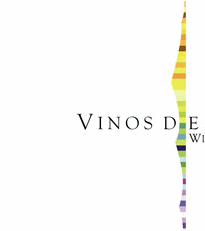Ecuador: Ecuador Geography Profile 2012
2012/03/08
Ecuador Geography Profile 2012
Water
Climate
Western South America, bordering the Pacific Ocean at the Equator, between Colombia and Peru
2 00 S, 77 30 W
South America
slightly smaller than Nevada
2,010 km
tropical along coast, becoming cooler inland at higher elevations; tropical in Amazonian jungle lowlands
coastal plain (costa), inter-Andean central highlands (sierra), and flat to rolling eastern jungle (oriente)
petroleum, fish, timber, hydropower
frequent earthquakes; landslides; volcanic activity; floods; periodic droughts
deforestation; soil erosion; desertification; water pollution; pollution from oil production wastes in ecologically sensitive areas of the Amazon Basin and Galapagos Islands
Cotopaxi in Andes is highest active volcano in world
- Ecuador News
-
- ECUADOR: Guayaquil real estate Big construction projects to substantially improve quality of life
- ECUADOR: Privatization has transformed the transport sector over past decade
- ECUADOR: rban Regeneration Guayaquil Siglo XXI Foundation transforms the image of city
- AFGHANISTAN: Global growth will be disappointing in 2016: IMF's Lagarde
- ECUADOR: Guayaquil's Dramatic Transformation A model for economic progress
- FRANCE: Franco-Brazilian journalist beaten-up in Ecuador leaves the country but promises to return
- Trending Articles
-
- AUSTRALIA: Australia taxes foreign home buyers as affordability bites
- SERBIA: China’s Xi sees Serbia as milestone on new ‘Silk Road’
- CHINA: United States sees China investment talks ‘productive’ after new offers
- INDIA: Indian central bank chief to step down in surprise move
- THAILAND: Foreign investment plummets in junta ruled Thailand
- UNITED STATES: Trump says Britain should leave EU









